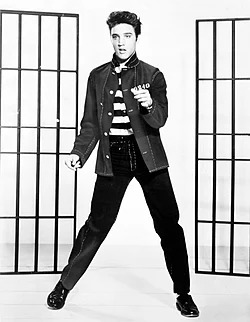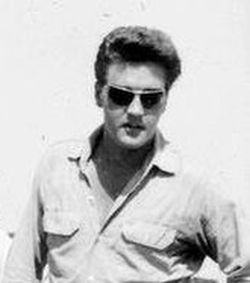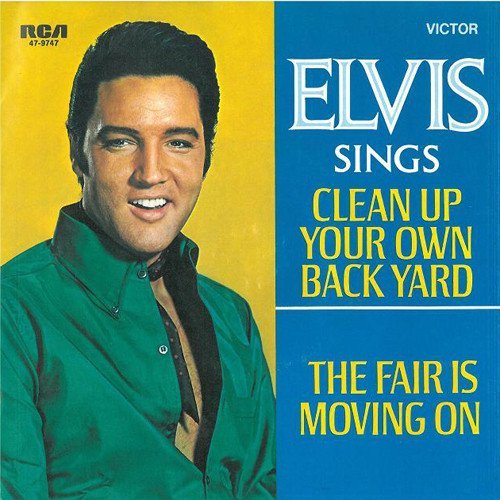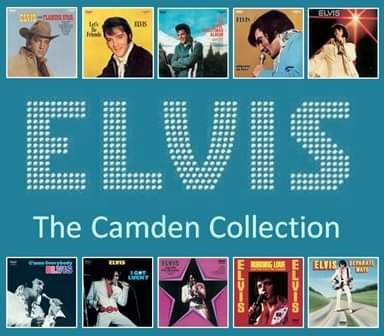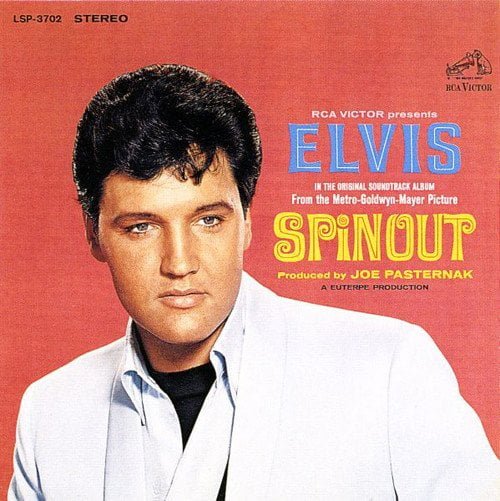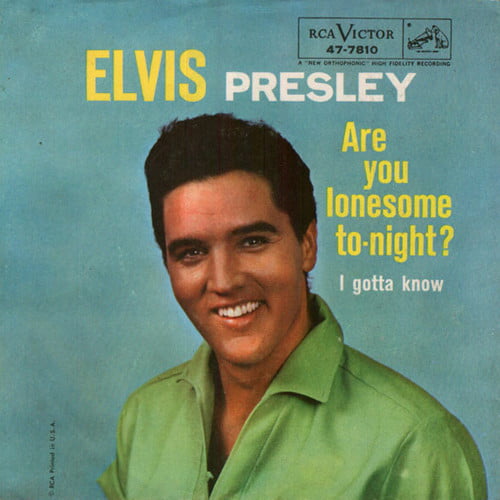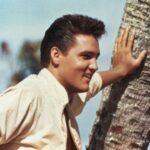NASHVILLE’ 61 – A Quick Kiss in Nashville (Part.1)
Jack Good, a hugely popular British television producer, stated in the early 1960s that ” the charts are nothing more than a multi-episode series starring Elvis Presley .” As if to confirm his words, almost every song recorded by Presley after his military service reached the first places in the charts. Almost every song recorded by him became a great worldwide hit.
And sometimes it even happened that … all the songs recorded during one recording session … became great hits!
(adsbygoogle = window.adsbygoogle || []).push({});
Examples can be multiplied, but it is worth mentioning this one session – organized in Nashville in 1961 shortly before the start of work on the film “Follow That Dream“.
In just one night, five songs were recorded in the famous Studio B, each of which went down in gold letters in the history of popular music and without which it is hard to imagine Elvis Presley’s “the best of…” album.
What were the songs? What was their story? This is what I would like to tell you about in the first text in this New Year 2017…
In the recording studio
A few weeks after the filming of “Blue Hawaii” was completed (and shortly before work began on the next Hollywood production), a short recording session was organized in Nashville. Her goal was to gather material for a new Elvis Presley single. The recordings were scheduled for the evening (night) of June 25/26, 1961. However, as we read in the book “Platinum: A Life In Music” by Ernst Jorgensen, the band consists of Scotty Moore, Hank Garland on guitars, Bob Moore on bass, DJ Fontana and Buddy Harman on drums, Floyd Cramer on piano and organ and Homer ‘Boots’ Randolph on a percussion instrument called claves, backed by The Jordanaires quartet and soprano Millie Kirkham, with only two songs in sight, set to work ” very slowly “.
Behind the console, as always for the Elvis recordings in Nashville, were sound engineer Bill Porter and producer Steve Sholes.
(adsbygoogle = window.adsbygoogle || []).push({});
Freddie Bienstock, who was again in charge of material selection for the session, received very clear guidelines from Colonel Parker and Tom Diskin about the songs they (and RCA authorities) expected a few weeks before the session. This time the songs were not to come from the so-called. public domain, not to be covers of popular hits (which Elvis had a soft spot for, as he liked to record songs by his favorite artists). ” Fresh ” material and ” strong rock ‘n’ roll compositions ” were expected .
In order to meet these requirements, Bienstock asked for help from a new composing team (then residing, as Ernst Jorgensen recalls, in Los Angeles and composing for such vocalists as Bobby Darin and Bobby Vee) – Mort Shuman and Doc Pomus, and which Presley had provided just a few months earlier. hit the charts with the ballad “Surrender“.
Interestingly, when RCA’s authorities frantically searched for hit material for Elvis, he himself seemed not to attach so much importance to whether a given song would turn out to be a media success. When asked in an interview whether Elvis ever worried about how a song would sound on the radio and whether it would be a commercial success, Bill Porter replied: “ No. Not in my presence. Maybe later. I knew he had a jukebox in his house with all the Roy Orbison records I’d recorded. I knew he liked their sound. Sometimes I asked him ‘what do you think?’. ‘They’re great,’ he replied .
(adsbygoogle = window.adsbygoogle || []).push({});
Information provided by Mariusz Ogieg?o of EP Promised Land (Poland)
Free Elvis Radio online 24h!! Enjoy TCB ?
(adsbygoogle = window.adsbygoogle || []).push({});
